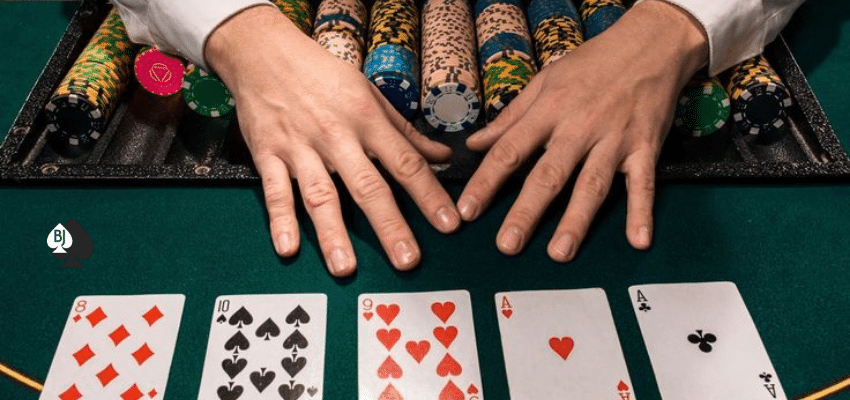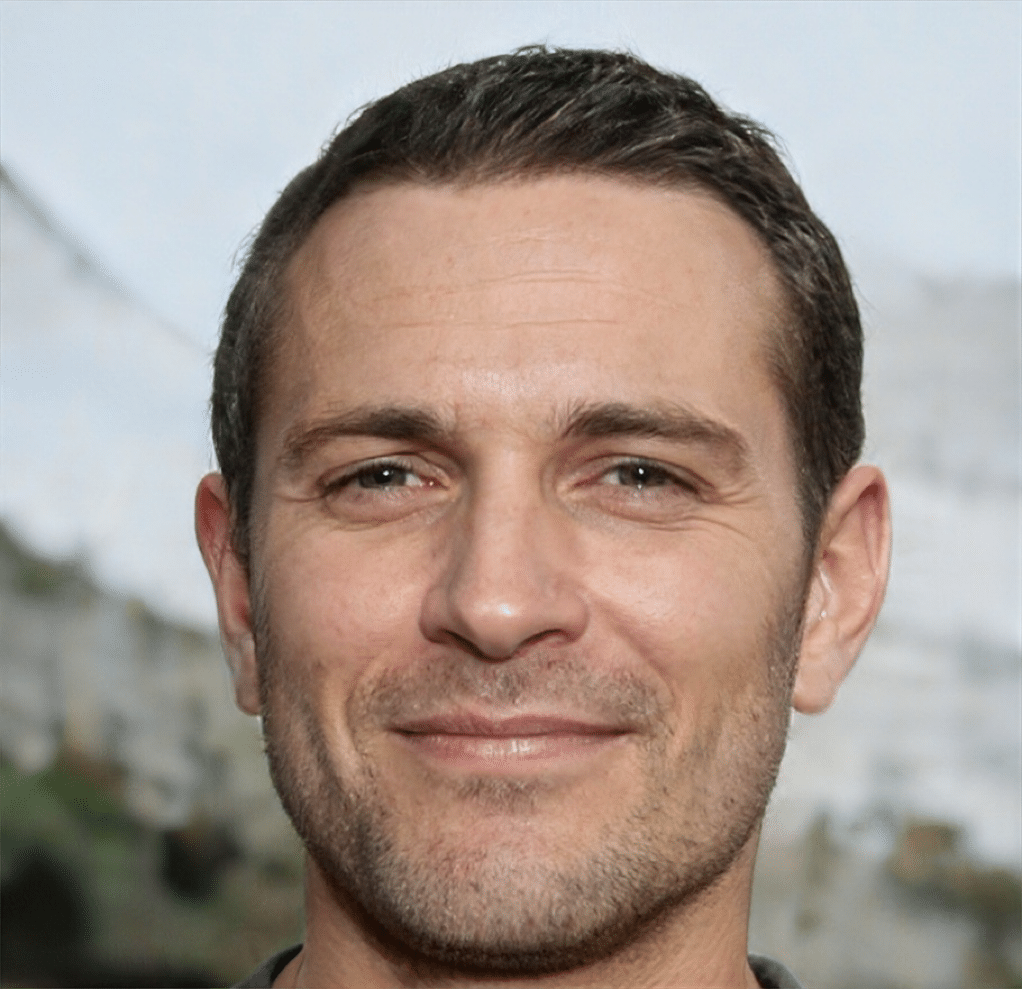The Blackjack House Rules You Must Know
Table Of Content
I’ll tell you this right now — the quickest way to lose money at the blackjack table isn’t bad luck. It’s not knowing the blackjack house rules.
See, most new players walk into a casino thinking blackjack is just about hitting or standing, hoping for 21, and maybe throwing out a double down if they’re feeling brave. But what do they not realize? Every casino has its own set of house rules designed to tilt the odds just enough to give them an edge.
And trust me, that little edge? It adds up fast.
Learning house rules in blackjack doesn’t just help you play better. It helps you avoid being the sucker at the table without even knowing it.
What Are Blackjack House Rules?
Blackjack house rules are the casino’s way of customizing the game. They control everything from how many decks are in play to how much you’ll actually win when you land blackjack. These aren’t optional rules either —they’re written in stone, printed right there on the table or posted nearby.
The thing is, these rules aren’t random. They exist to control the blackjack house edge. That’s the mathematical advantage the casino holds over the player, so you should know how to count cards in blackjack. And the more player-friendly rules disappear from a table, the higher that house edge climbs.
Why House Rules Matter So Much in Blackjack
If there’s one thing I wish I had learned earlier in my blackjack journey, it’s this — the rules aren’t the same everywhere. Not even close.
One night in Vegas years ago, I sat down at what looked like a friendly little table. The minimum bet was low, the dealer was smiling, and the vibe was good. Then I hit blackjack… and got paid 6:5 instead of 3:2. That moment hurt worse than any losing hand.
That’s when I really understood how blackjack house rules quietly shape the game.
The Blackjack House Rules That Change Everything
Here are the most important house rules for blackjack. Check them and improve your game.
Deck Count: Does Size Matter?
The first thing I check at any table? How many decks are they using? Single-deck blackjack is rare these days, but if you find it with good rules, it’s gold. The more decks there are, especially at 6 or 8 decks, the higher the blackjack house advantage becomes.
With 8 decks, card counting becomes harder, naturals are less frequent, and the odds slowly shift away from the player.
Soft 17: Hit or Stand?
Another killer rule to watch for is whether the dealer hits on a soft 17 (Ace + 6). If they hit, the casino just boosted their odds of beating you. If they stand on all 17s? That’s about as player-friendly as it gets.
Look for signs that say “Dealer Stands on Soft 17.” It’s one of the cleanest house rules for blackjack players who want a fighting chance.
Blackjack Payouts: 3:2 vs. 6:5
I said it before, but it’s worth repeating — always chase 3:2 payouts if you’re serious about the game. Blackjack paying 6:5 is one of the worst house rules around. It gives the blackjack house edge a huge bump. What should be a $15 payout on a $10 bet becomes a lousy $12. And over time? That’s brutal.
Double Down Rules
Another thing I always check is how flexible doubling down is at a table. Can you double on any two cards? Or only on 10 or 11? Good tables let you double whenever you feel the math is on your side. Check for more information.
Splitting and Resplitting
Splitting pairs is part of smart blackjack play. But house rules love to limit this too. Some casinos only let you split once. Some won’t let you resplit Aces. And some don’t allow you to hit after splitting Aces, which is just plain painful.
Surrender Rules
Surrender isn’t common everywhere, but if you find a table that offers it — especially early surrender — take a minute to appreciate that rare gem. It’s a player-friendly rule that lets you fold a terrible hand for half your bet back. It won’t come up often, but when it does, it can save your session.
Good rules = more freedom to split and resplit.
Bad rules = the house smiling at your frustration.
Does the House Win in Blackjack?
Honestly? The house doesn’t have to cheat or pull any shady moves. The way blackjack works naturally gives them an edge — even before their custom rules show up.
Players act first. If you bust, the dealer doesn’t even need to finish their hand. Then stack on the house rules — more decks, 6:5 payouts, restrictive splits, dealer hitting soft 17 — and suddenly it’s clear how the house wins in blackjack over time.
It’s all designed to wear you down slowly. Quietly. Without you noticing until your chips are gone.
How to Beat the House at Blackjack
So what can you do about it? Simple. Play smart. Be picky. Choose your table like a pro.
If you really want to lower the blackjack house edge, find a game with
- 3:2 blackjack payouts
- Dealer stands on Soft 17
- Double down allowed on any two cards
- Resplitting Aces allowed
- Late surrender available
- Fewer decks
If you’re playing online, some casinos post a blackjack house rules PDF so you can compare games without guessing. Use it. Read it. It’ll save you money faster than any “lucky charm” ever will.
At the end of the day, blackjack isn’t just about knowing how to play. It’s about knowing where to play.
Blackjack house rules are the silent force shaping every hand you’ll play. Ignore them, and you’re just another tourist donating to the casino. Understand them? Now you’re a player.
That’s the real difference.

FAQs
1. How can I find the best blackjack house rules in a casino?
Check the table signage, ask the dealer, or look for the casino’s posted rules online. Some sites even offer a blackjack house rules PDF for easy comparison.
2. What are the worst blackjack house rules to avoid?
Look out for 6:5 payouts, the dealer hitting soft 17, eight-deck games, and restricted doubling or splitting. These are all house-friendly rules that hurt your odds.
3. Why does the number of decks affect the blackjack house edge?
More decks make it harder for players to draw naturals or track cards, increasing the house advantage over time.



